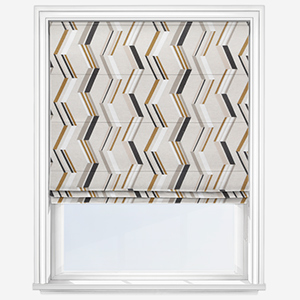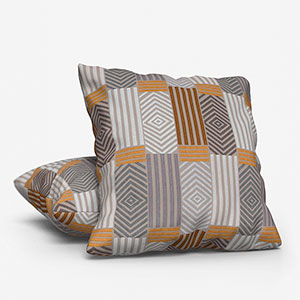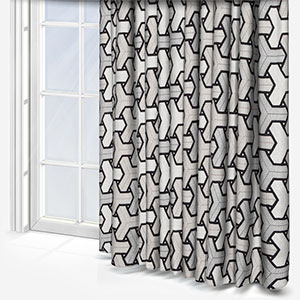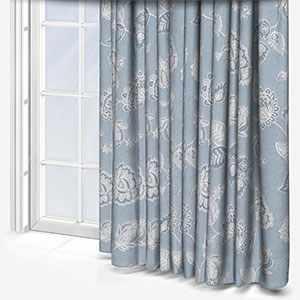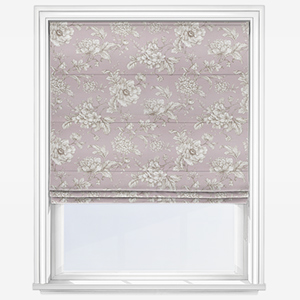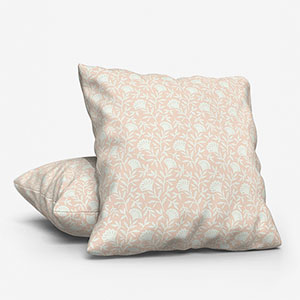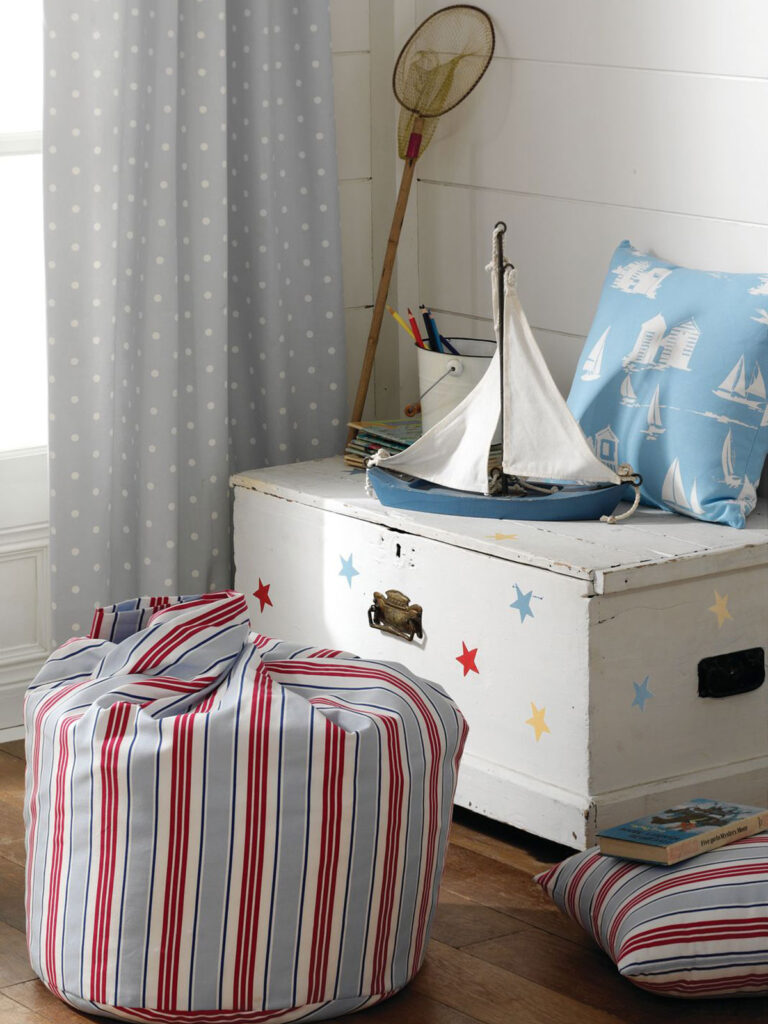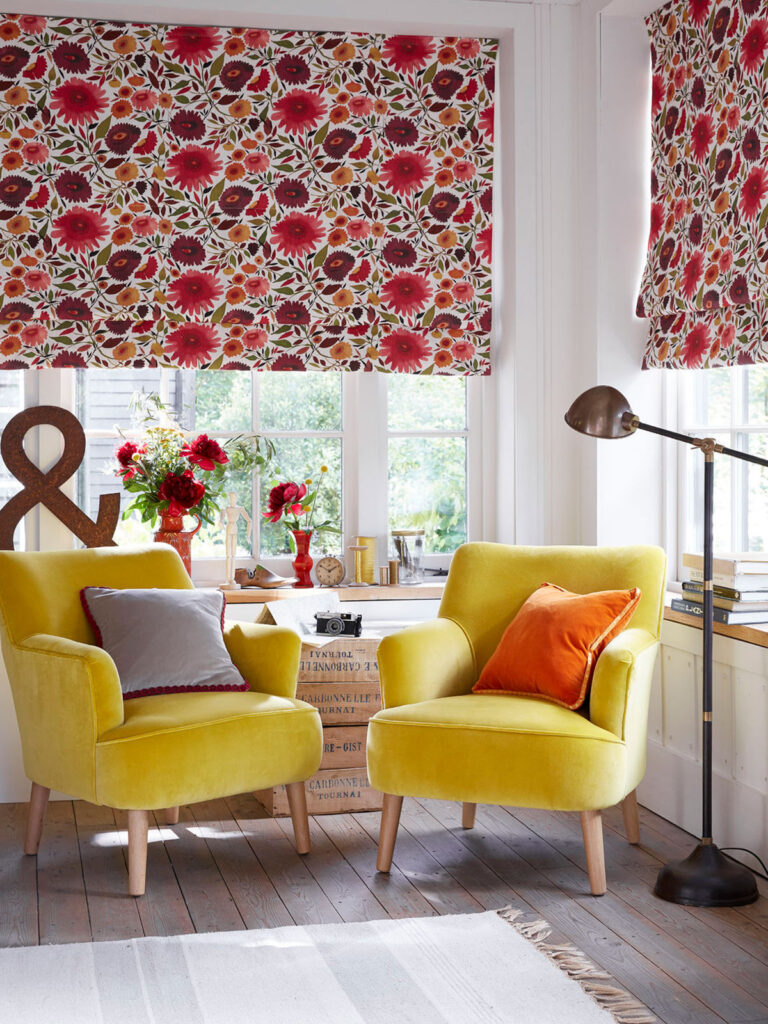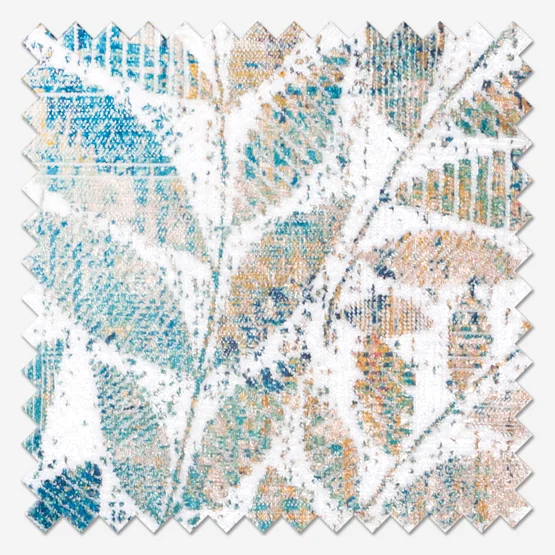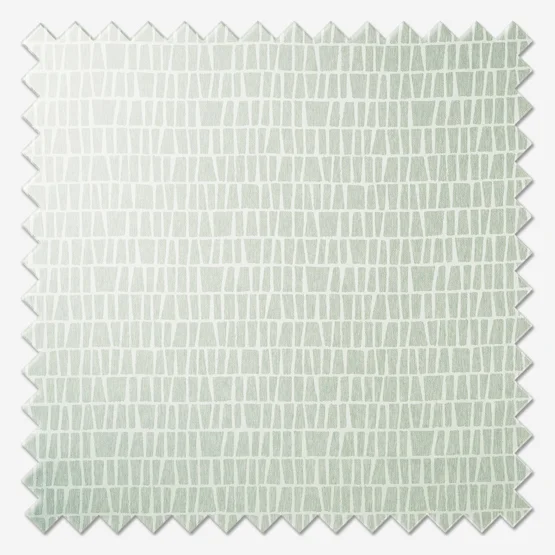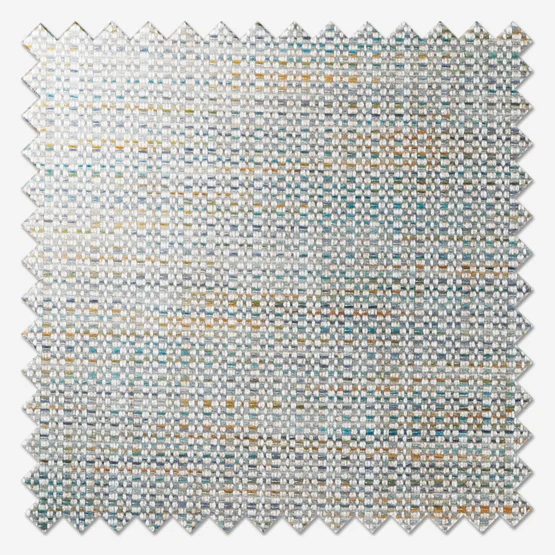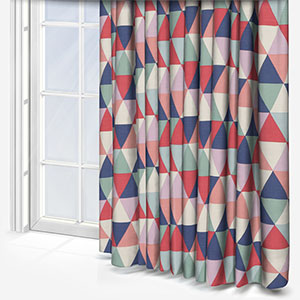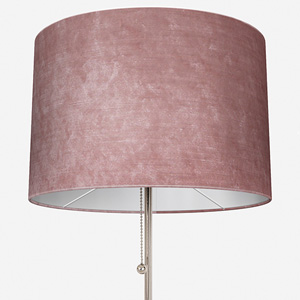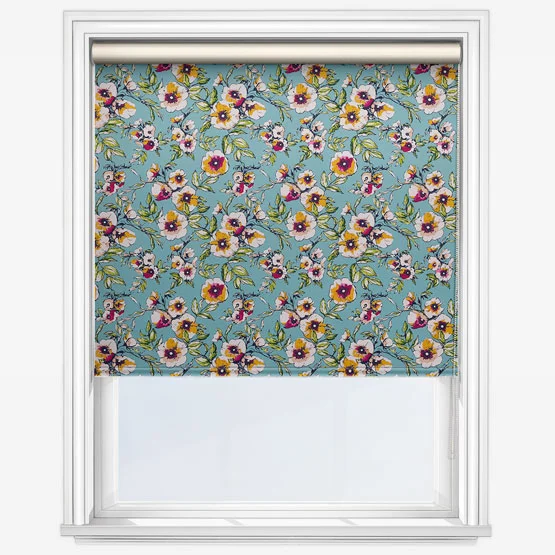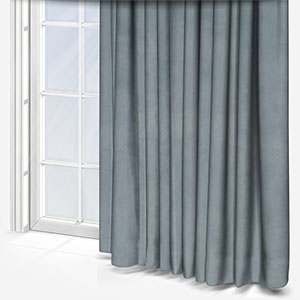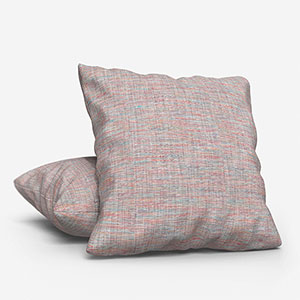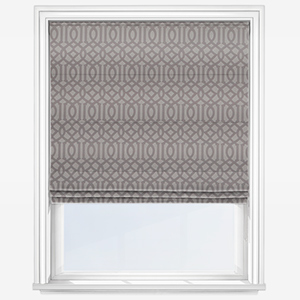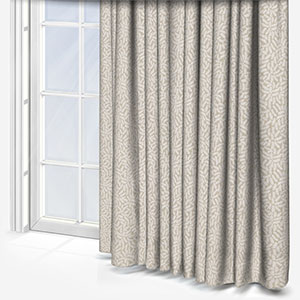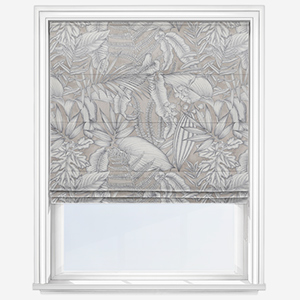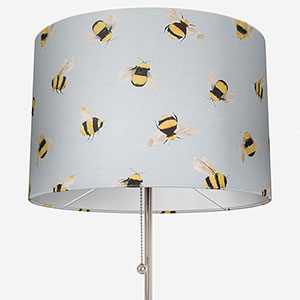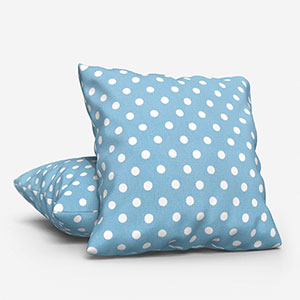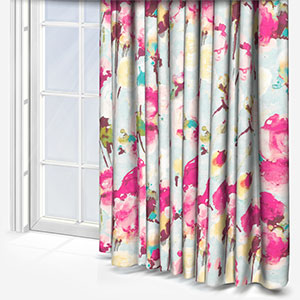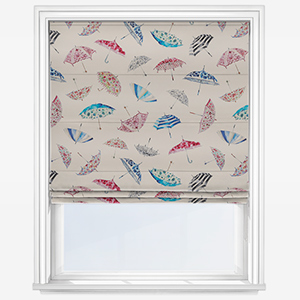
The Importance Of Texture And Pattern In Design
Regular readers of our blog will know we dedicate a lot of time to colour and the best ways in which you can enjoy them in your home. Today however we’ll be doing something a little different. We won’t really be focusing on colours at all and instead focusing on texture and pattern in design. These elements are equally as important as colour when it comes to finding your dream window furnishing so without further ado, let’s crack on.
How to use pattern in interior design
Pattern is one of those terms that’s super vague – it’s like “sports”. Both cage fighting and badminton are sports but they’re hardly similar. The same goes for “pattern”. Let’s start with geometric patterns.
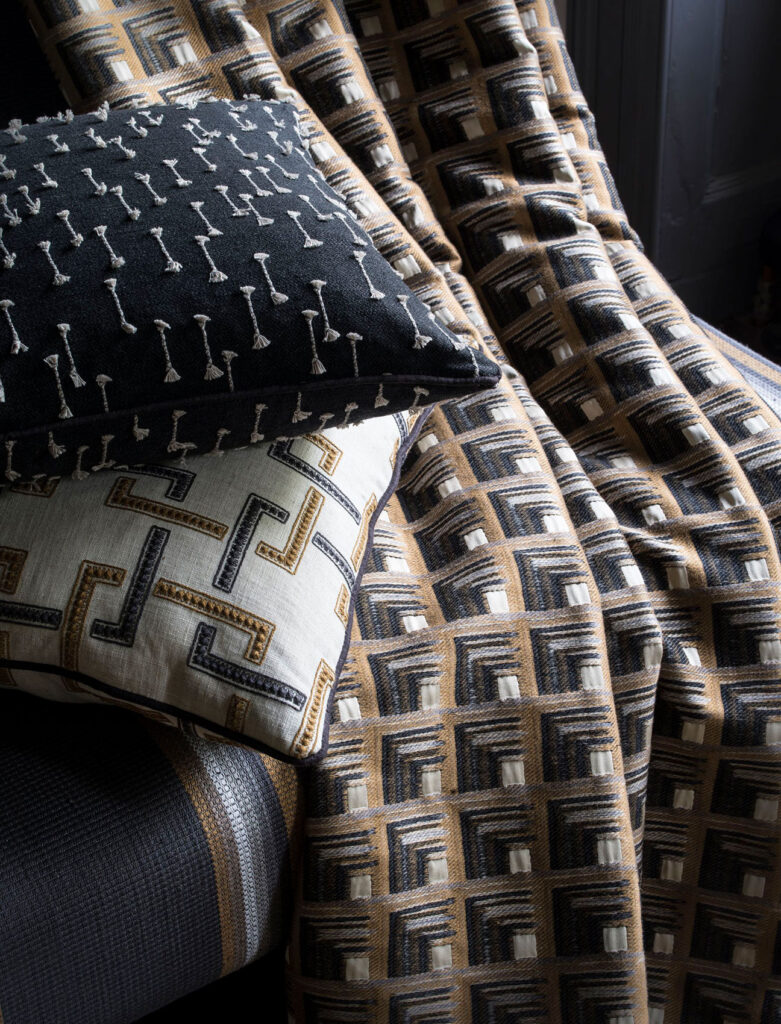
Geometric pattern in interior design
Geometric patterns refer to shapes that have a uniformity to them. Straight lines, zig-zags, diamond shapes and ever circles and hoops. There are plenty of modern geometric patterns – which are mostly rounded shapes in nature, although not exclusively – which can add a strong contemporary feel in the home.
Additionally, if your home is themed more around different epochs, you can easily find popular patterns from the 20th century to add to your décor. Our A Trip Down Memory Lane – Top Tips From The 20th Century blog will provide you with further decade-specific inspiration.
Floral pattern in interior design
Floral patterns in design are another popular way to inject the power of pattern into a space.
Again, this is an incredibly diverse sub-category with everything from hyper-realistic flowers printed on one blind to fun cartoony equivalents printed on another. The colours of each floral blind can be different too with accurate colours attributed to the flowers or something funkier with abstract floral patterns.
Moreover, floral patterns can include paisley, a sophisticated and celebrated design of Persian origin. Paisley is seen a classically bohemian print which can add a fun effect while maintaining a feeling of refined elegance.
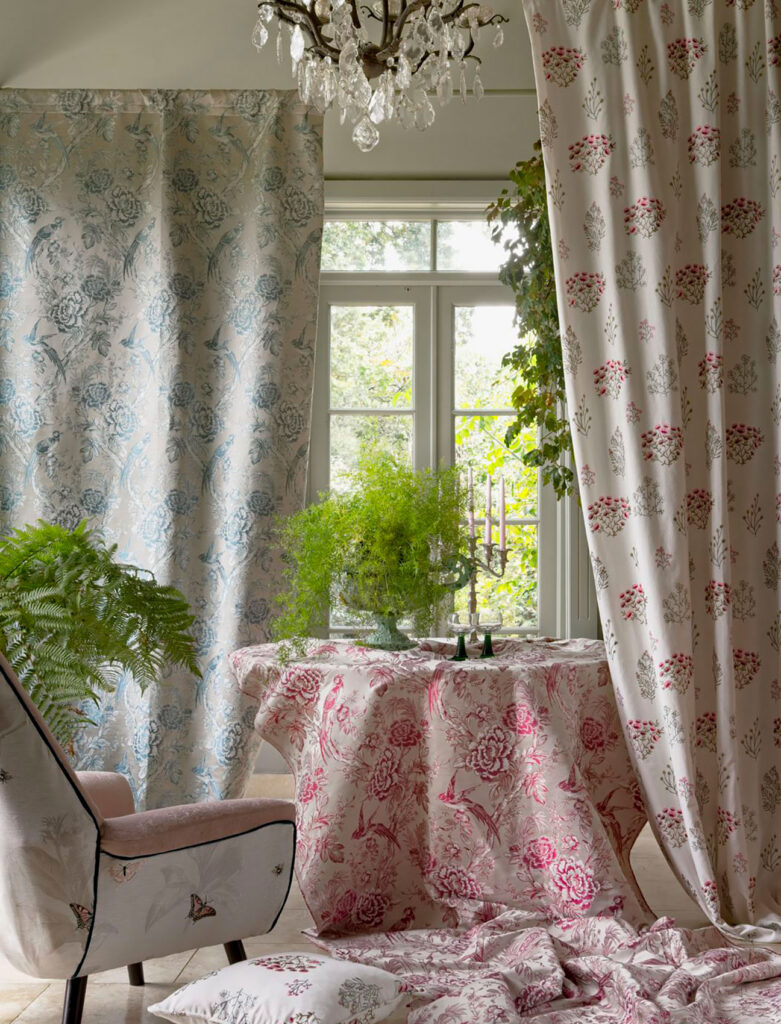
Fun patterns
There is a third style of pattern in design which is increasingly popular and that’s fun patterns. These are great for kids’ bedrooms but are enjoyed equally by older decorators. These patterns range from seaside vistas through to space-faring heroes and villains from the STAR WARS™ universe. What ever your dream pattern is, we’ll have the perfect item for you on the website.
How to use texture for design
Texture refers to how a fabric feels in our hands, but it can often mean much more. So, lets define texture. Fabrics feel different because of the discrepancies of their surfaces – obviously, this is why linen feels different to velvet.
While we don’t tend to touch our window furnishings because of how they feel, the textures can certainly affect how your item interacts with the light. What’s more, the right texture will also add an extra dimension to your window.
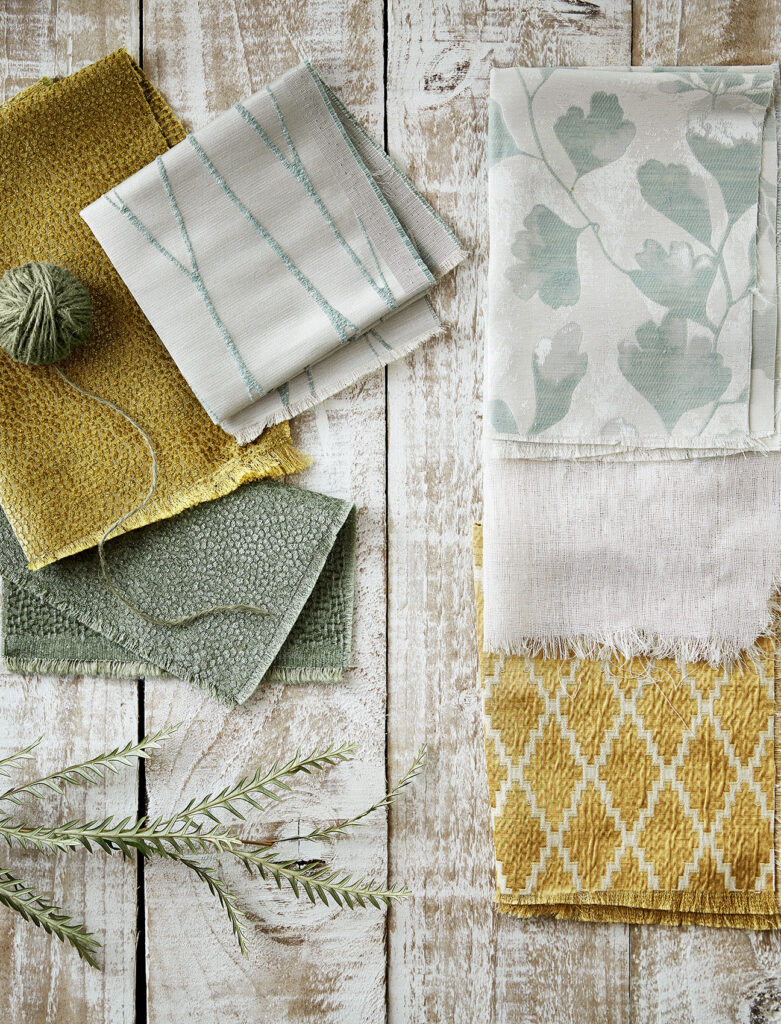
Examples of texture
The texture of velvet helps to create a dance of light in a space that adds a feeling of luxuriousness and comfort. Linen on the other hand – while also making us feel extremely comfortable – makes a space feel light and airy, this is in no small way thanks to the texture of the fabric.
Wool has a lovely soft feeling to the touch, but its texture will also make use feel cosy and homely. It still interacts beautifully in the light, but the result is far more restrained and humbler than you may find with velvet.
To find the perfect texture and pattern for your home, you can order up to eight free samples from the Blinds Direct website! These will help you settle on the right shapes but also let you see how the textures of your fabric will interact with the light, look in the flesh and feel for when you open or close your new furnishing.


